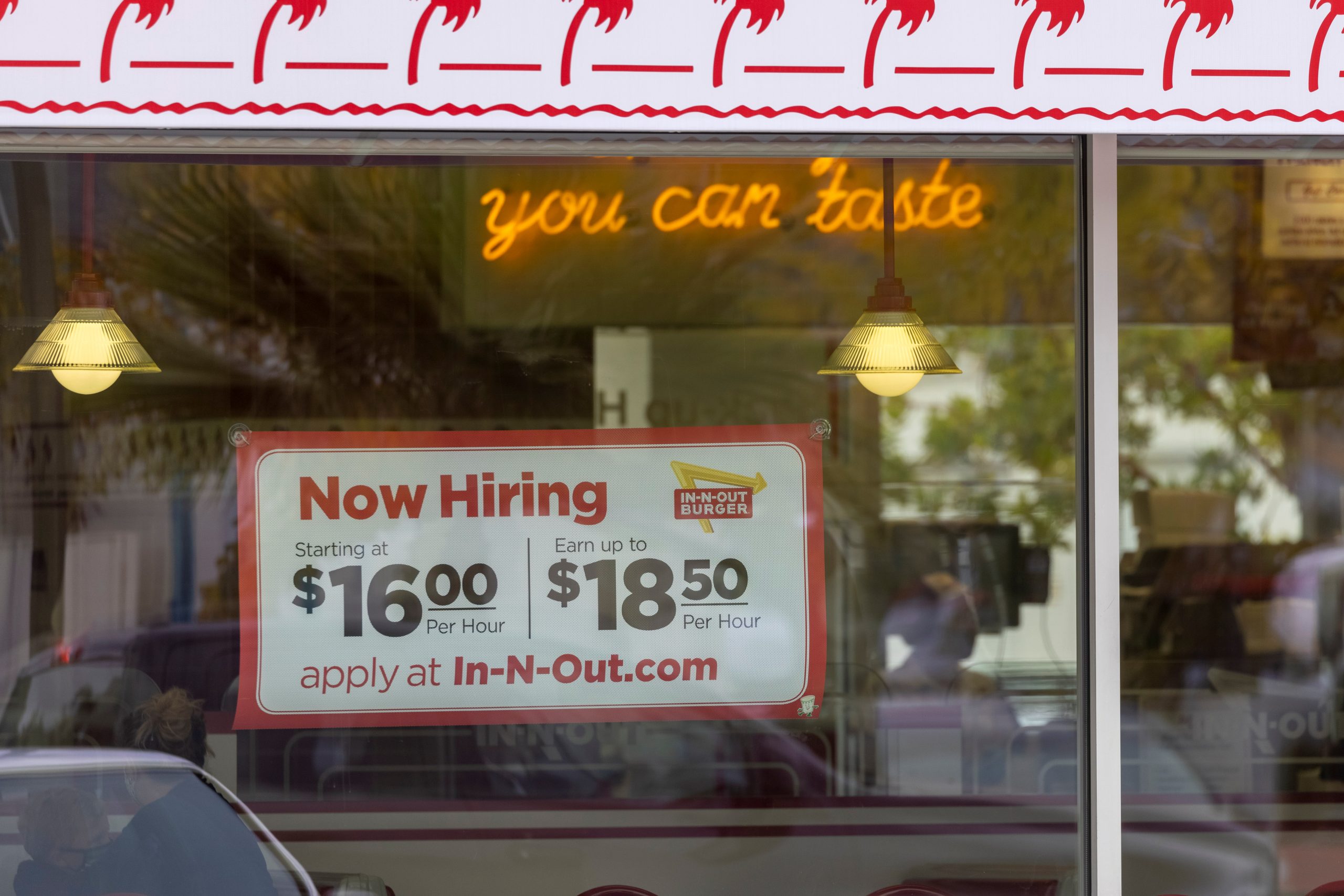
Ian Patrick, FISM News
[elfsight_social_share_buttons id=”1″]
The U.S. Bureau of Labor Statistics on Friday released data for the economic third quarter which shows that wages, benefits, and compensation all rose from June to September. However, some economists believe this to be further proof of current inflation.
According to the summary from the Labor Bureau, labor costs went up across the board for private industry workers as well as for state and local government employees.
As a whole, the labor industry saw a 1.3 percent increase in compensation, a 1.5 percent increase in wages, and a 0.9 percent increase in benefits for the three-month period from June to September.
Broken down, private industry workers received a 1.4 percent increase in compensation, a 1.6 percent increase in wages, and a 1.1. percent increase in benefits. Local and state governments, saw smaller increases with a 0.8 percent increase in compensation, a 1 percent increase in wages, and only a 0.4 percent increase in benefits within the same time period.
All of the compensation, wages, and benefits across the board increased or at least matched the 12-month (September 2020-September 2021) year-to-date numbers as well. The only number that wasn’t higher than or matching the September 2020 number was benefits for state and local employee, which saw a 3.2 percent increase last September compared to a 2.1 percent increase this September.
In addition to these numbers, the Federal Reserve’s personal consumption expenditure price index, which is their preferred inflation measurement gauge, rose at a 4.5% rate from June to September.
Reuters reports that the labor cost spike is the biggest since 2001, and comes as companies look to fill spots left vacant by a labor shortage.
In August, FISM News reported that there were 1 million more job vacancies than people actively looking for work, reportedly due to the benefits that citizens receive from COVID-19 unemployment. A separate labor report also showed that 4.3 million Americans quit their jobs in the month of August.
At that time companies had already started looking to increase wages and other benefits to lure people into work. Despite all of these added benefits, the situation does not appear to be improving, largely due to COVID-19 vaccine mandates across the nation which have spurred labor chaos.
Hospitals, airlines, and police forces have laid off and terminated thousands of employees as workers, including some of those in charge, have refused to adhere to their employer’s vaccination mandate. Employees have organized strikes and protests in defiance of the mandates in response.
All of these circumstances, combined with the ongoing supply chain shortage and the threat of Congress passing a massive social spending package, lead some economists to believe that inflation is not going away anytime soon. FED Chair Jerome Powell, however, asserts that the ongoing inflation is “transitory” and will come to an end quickly, citing pandemic factors.
